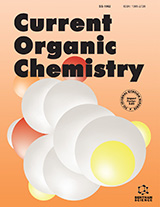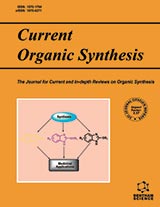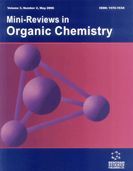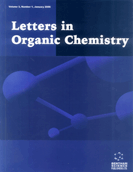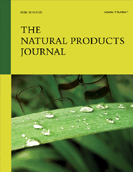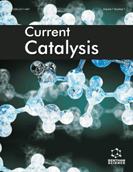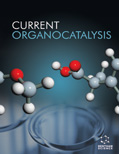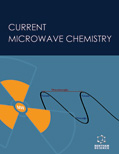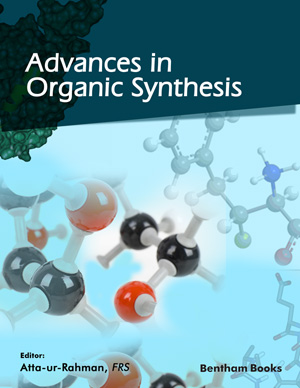Abstract
Circular dichroism spectroscopy based on exciton coupling (ECCD) is a powerful tool for stereochemical analysis of organic compounds, i.e. for the determination of absolute configuration as well as conformation. Although the method is widely used for more than three decades, only in the past decade advances have been made toward making the ECCD method more sensitive and user-friendly. The newly developed extended π-conjugated chromophores with high molecular extinction coefficient (ε > 105) allow to make CD measurements with less than 0.1 mg amounts of the analyte. Furthermore, tailor-made chromophoric derivatives allow unobstructed CD measurements in a chosen spectral window extending well into the visible region. In addition, chromophore can now be attached to the analyzed molecule without resorting to the formation of a covalent bond between the functional group of an analyte and the chromophoric molecule. These and other applications, preceded by a short introduction describing foundations of the ECCD method, are covered by the review. This review is dedicated to Professor Maciej Wiewiorowski on the occasion of his 85th birthday and in recognition of his contribution to the field of natural products chemistry.
Keywords: Stereochemical, chromophoric, chromophores
Current Organic Chemistry
Title: New Chromophores for Organic Stereochemical Analysis by Exciton- Coupled Circular Dichroism
Volume: 8 Issue: 1
Author(s): Jacek Gawronski and Pawel Skowronek
Affiliation:
Keywords: Stereochemical, chromophoric, chromophores
Abstract: Circular dichroism spectroscopy based on exciton coupling (ECCD) is a powerful tool for stereochemical analysis of organic compounds, i.e. for the determination of absolute configuration as well as conformation. Although the method is widely used for more than three decades, only in the past decade advances have been made toward making the ECCD method more sensitive and user-friendly. The newly developed extended π-conjugated chromophores with high molecular extinction coefficient (ε > 105) allow to make CD measurements with less than 0.1 mg amounts of the analyte. Furthermore, tailor-made chromophoric derivatives allow unobstructed CD measurements in a chosen spectral window extending well into the visible region. In addition, chromophore can now be attached to the analyzed molecule without resorting to the formation of a covalent bond between the functional group of an analyte and the chromophoric molecule. These and other applications, preceded by a short introduction describing foundations of the ECCD method, are covered by the review. This review is dedicated to Professor Maciej Wiewiorowski on the occasion of his 85th birthday and in recognition of his contribution to the field of natural products chemistry.
Export Options
About this article
Cite this article as:
Gawronski Jacek and Skowronek Pawel, New Chromophores for Organic Stereochemical Analysis by Exciton- Coupled Circular Dichroism, Current Organic Chemistry 2004; 8 (1) . https://dx.doi.org/10.2174/1385272043486052
| DOI https://dx.doi.org/10.2174/1385272043486052 |
Print ISSN 1385-2728 |
| Publisher Name Bentham Science Publisher |
Online ISSN 1875-5348 |
 26
26
- Author Guidelines
- Bentham Author Support Services (BASS)
- Graphical Abstracts
- Fabricating and Stating False Information
- Research Misconduct
- Post Publication Discussions and Corrections
- Publishing Ethics and Rectitude
- Increase Visibility of Your Article
- Archiving Policies
- Peer Review Workflow
- Order Your Article Before Print
- Promote Your Article
- Manuscript Transfer Facility
- Editorial Policies
- Allegations from Whistleblowers
- Announcements


